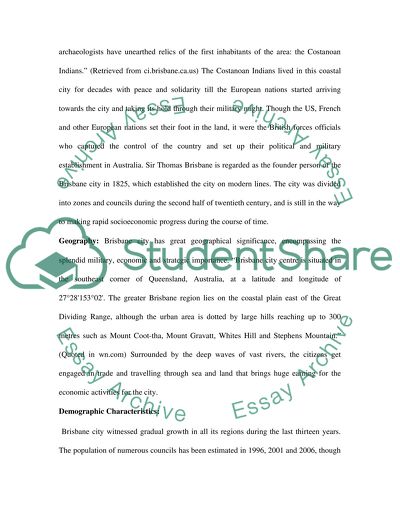Cite this document
(“Community Profile (demography) - Brisbane City Inner Essay”, n.d.)
Community Profile (demography) - Brisbane City Inner Essay. Retrieved from https://studentshare.org/miscellaneous/1557700-community-profile-demography-brisbane-city-inner
Community Profile (demography) - Brisbane City Inner Essay. Retrieved from https://studentshare.org/miscellaneous/1557700-community-profile-demography-brisbane-city-inner
(Community Profile (demography) - Brisbane City Inner Essay)
Community Profile (demography) - Brisbane City Inner Essay. https://studentshare.org/miscellaneous/1557700-community-profile-demography-brisbane-city-inner.
Community Profile (demography) - Brisbane City Inner Essay. https://studentshare.org/miscellaneous/1557700-community-profile-demography-brisbane-city-inner.
“Community Profile (demography) - Brisbane City Inner Essay”, n.d. https://studentshare.org/miscellaneous/1557700-community-profile-demography-brisbane-city-inner.


